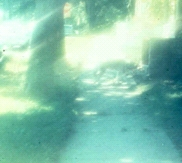
with low vision
A query I receive frequently from readers is how to describe their low vision or vision loss to fully sighted family members and friends, who may find it difficult to understand how functional vision can vary significantly from one day to the next, or from daytime to nighttime.
While some basic explanations do exist (cataracts = blurriness; glaucoma = “tunnel” vision), they rarely suffice, and accurately describing what one can – and cannot – see has remained an elusive and unsatisfying quest.
Now, however, a new advocacy and fundraising partnership between Prevent Blindness and See Now has developed a no-cost interactive online tool called Sight Simulator. It approximates the experience of having cataracts, glaucoma, or retinopathy by superimposing their functional visual effects on your choice of Google Street View images, including an image of your home, agency, or place of business.
About the Vision Simulation Tool
The Sight Simulator is a component of the joint Prevent Blindness and See Now outreach partnership, which is raising public awareness of vision loss and urging the 115th Congress of the United States to increase funding for two critical vision programs:
- Provide at least $3,300,000 in Fiscal Year (FY) 2018 to maintain and expand vision and eye health efforts at the Vision Health Initiative (VHI) of the Centers for Disease Control and Prevention (CDC).
- Provide at least $3,500,000 in FY 2018 to establish a children’s vision and eye health coordinating center at Health Resources and Services Administration’s Maternal and Child Health Bureau (MCHB). Currently there is no Congressional appropriation to MCHB to address children’s vision.
You can read more about the campaign at See Now: Unlocking Eye Care for 15 Million Americans Who Need It the Most at the Prevent Blindness website.
What the Sight Simulator Can Do
You can use the Sight Simulator (a) to describe your own vision loss for your friends and family, or (b) use it to experience for yourself what it means to live with low vision. When you input a street address, the Sight Simulator provides a Google Street View image that you can modify to simulate moderate to severe cataracts, glaucoma, or retinopathy.
Cataracts
A cataract is a progressive cloudiness, hardening, and yellowing of the normally transparent lens of the eye, which causes vision to become hazy, dim, and more sensitive to glare.
Here is a Google Street View image of the American Foundation for the Blind (AFB) Center on Vision Loss in Dallas, Texas:

Here is the same image of the AFB Center on Vision Loss as viewed on Sight Simulator with moderate vision loss from cataracts:
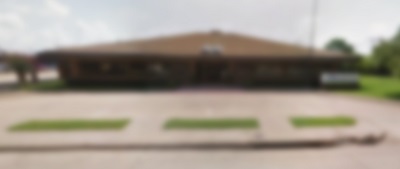
Here is the AFB Center on Vision Loss as viewed on Sight Simulator with advanced vision loss from cataracts:

Glaucoma
Glaucoma is a group of eye diseases that damage the optic nerve, which creates problems with glare and reduces peripheral or side vision, also called “tunnel vision.”
Here is a Google Street View image of the American Foundation for the Blind (AFB) Center on Vision Loss in Dallas, Texas:

Here is the same image of the AFB Center on Vision Loss as viewed on Sight Simulator with moderate vision loss from glaucoma:
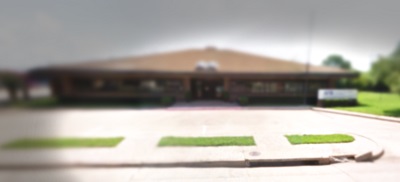
Here is the AFB Center on Vision Loss as viewed on Sight Simulator with advanced vision loss from glaucoma:
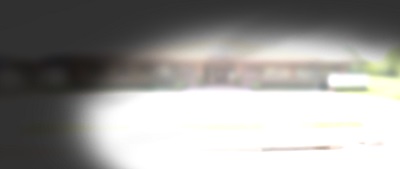
Retinopathy
Retinopathy is any disease of the retina, including diabetic retinopathy. The retina is the light-sensitive tissue that lines the inside surface of the eye. Cells in the retina convert incoming light into electrical impulses, which are carried by the optic nerve to the brain, which finally interprets them as visual images.
Here is a Google Street View image of the American Foundation for the Blind (AFB) Center on Vision Loss in Dallas, Texas:

Here is the same image of the AFB Center on Vision Loss as viewed on Sight Simulator with moderate vision loss from retinopathy:
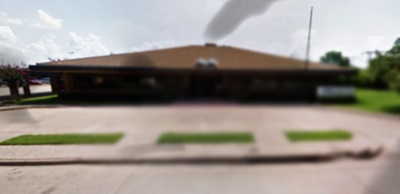
Here is the AFB Center on Vision Loss as viewed on Sight Simulator with advanced vision loss from retinopathy:
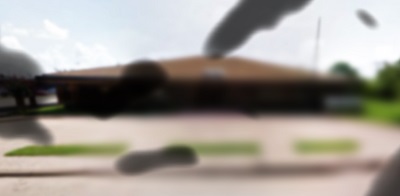
More About the Sight Simulator
Excerpted from Sight Simulator shows you what it’s like to be legally blind, via CNET:
Ever wondered how the world looks to those with glaucoma or cataracts? A new interactive site lets you see for yourself.
The Sight Simulator is part of a campaign called See Now, aimed at increasing awareness of vision loss and calling for more Congressional funding to combat it in the United States. The Simulator places filters that mimic the effects of cataracts, glaucoma, and retinopathy on top of Google Street View images, enabling visitors to the site to move a slider and increase the severity of each.
The minimum setting on the site for all three conditions shows a view matching legal blindness. It’s defined in the United States as central visual acuity of 20/200 or less in the better eye with the best possible correction, and/or a visual field of 20 degrees or less.
“Legal blindness is not binary,” the See Now site points out. “For most people with vision impairment, it’s not a matter of seeing nothing versus seeing clearly. The reality is somewhere in between.”
“We believe when people experience what it would be like to lose their sight, from seeing what their own street looks like with poor vision, they will appreciate the problem in a way they never did before,” Erin McCallum of the See Now campaign said in a statement. “Hopefully this will motivate many people to look after their own eye health and push them to take action to help prevent blindness in others.”